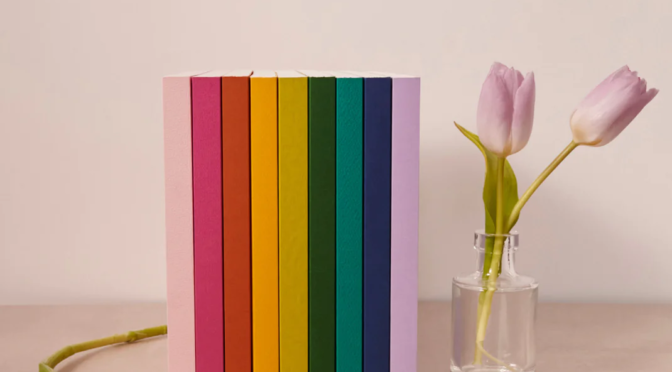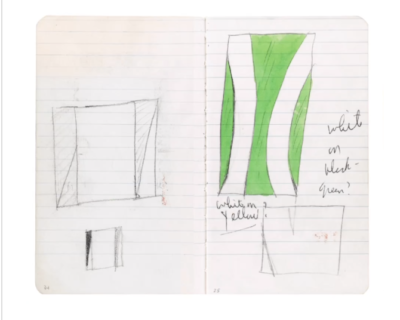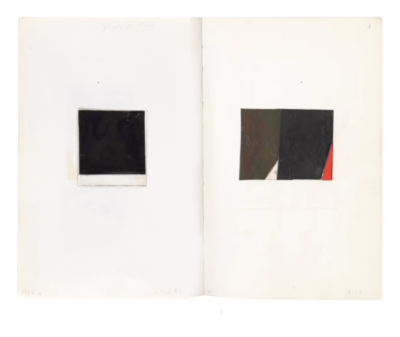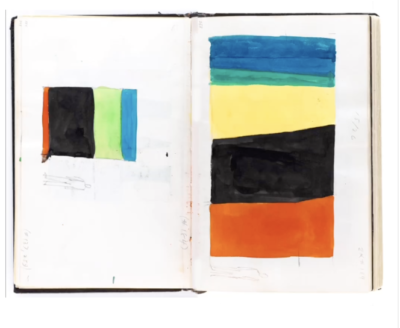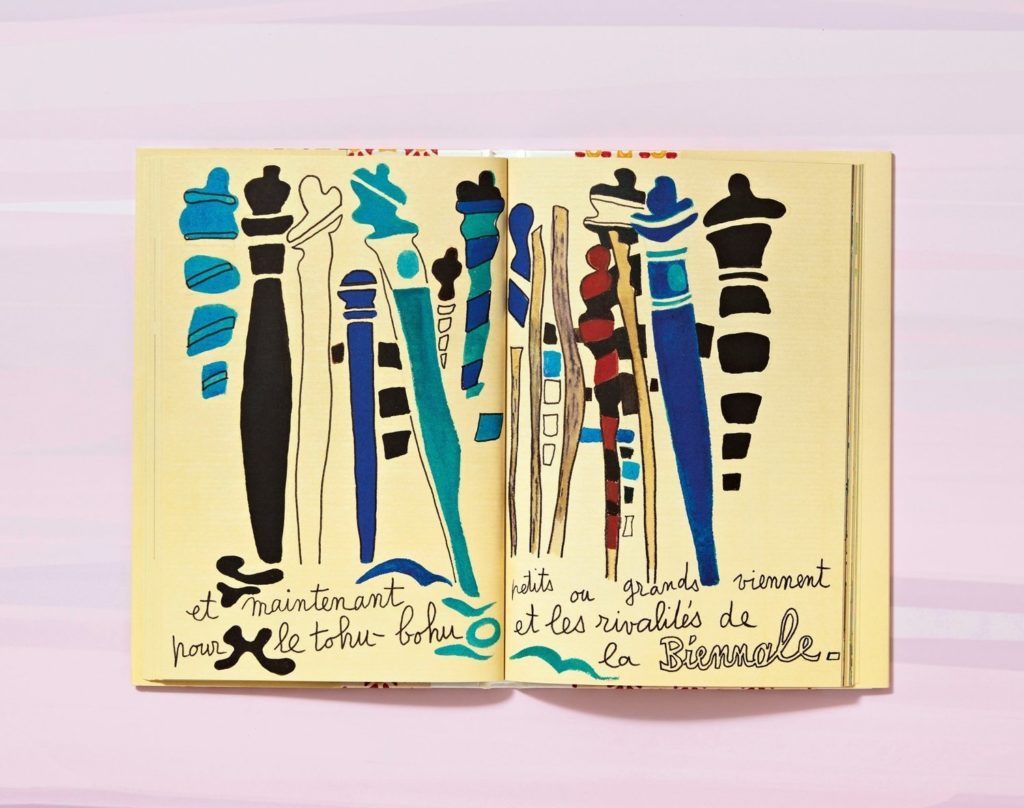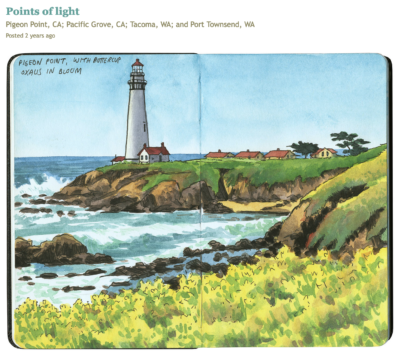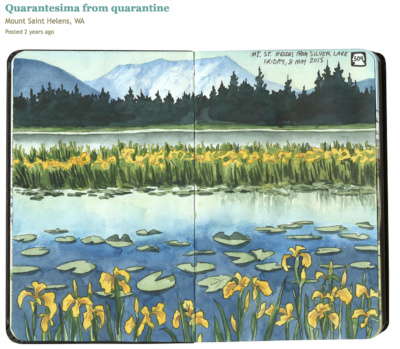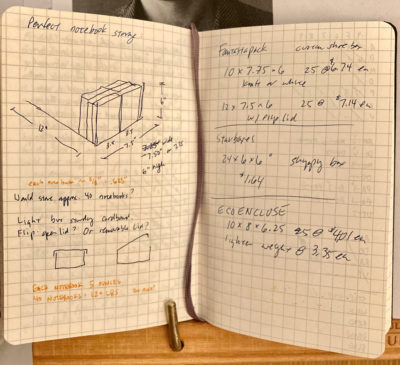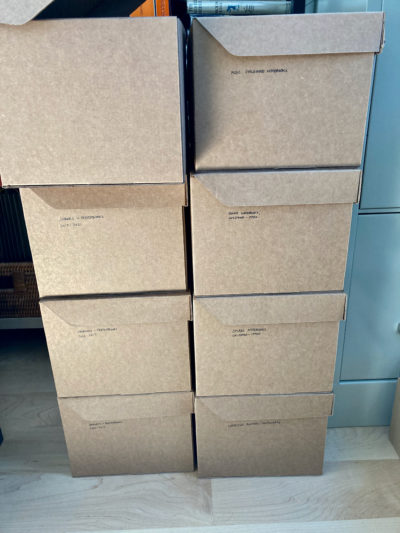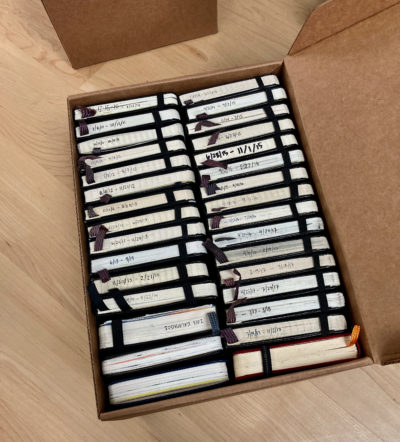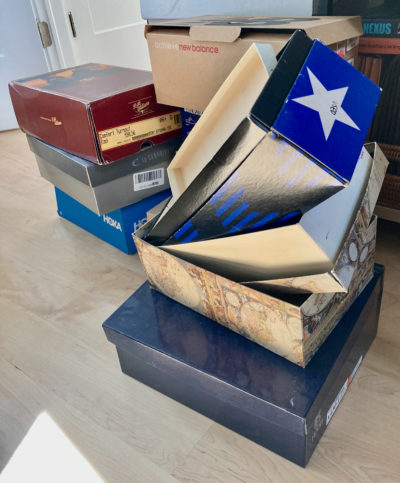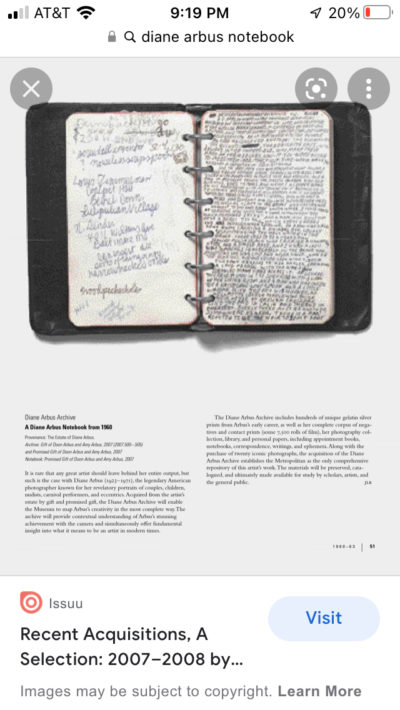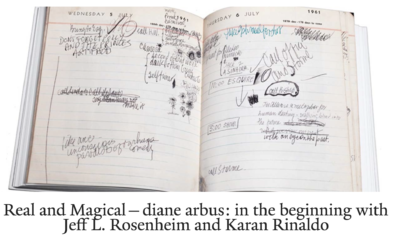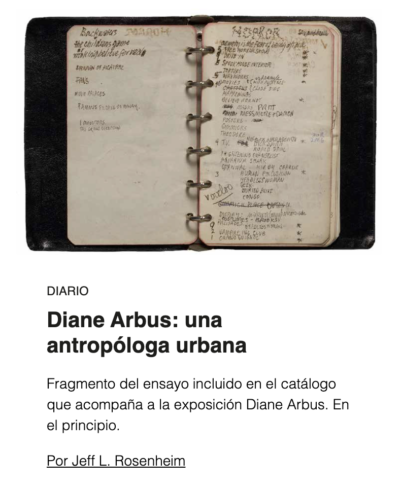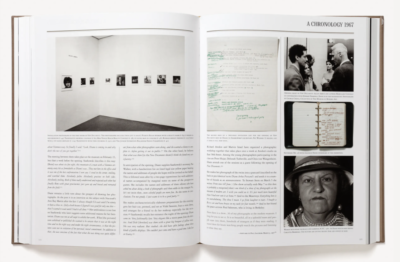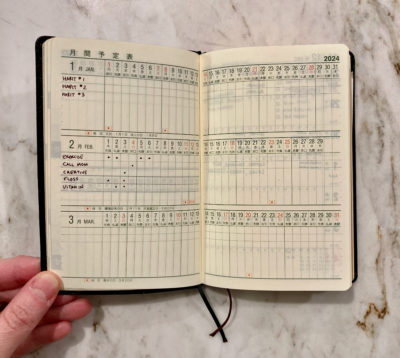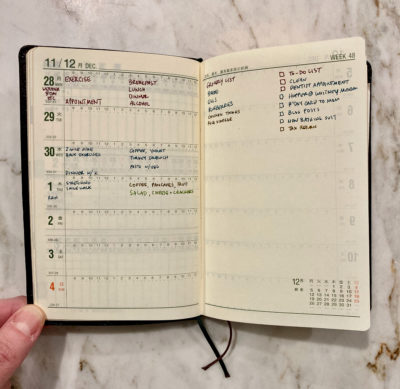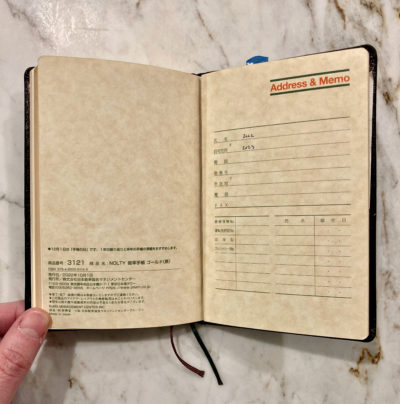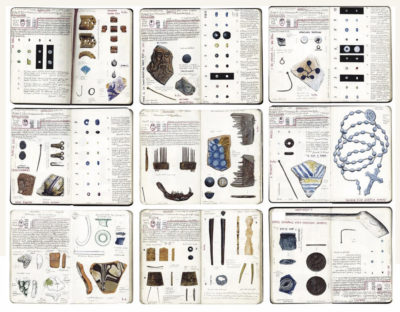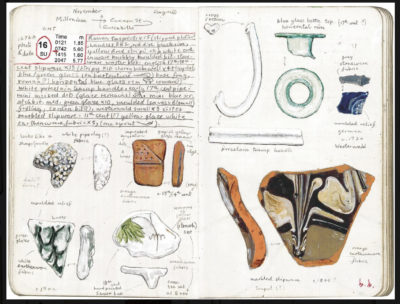Papersmiths is a stationery shop with branches in London and Brighton, UK, and online. I have been following them online for a while, and actually ordered some Bindewerk notebooks from them a few years ago, when I was having trouble finding them in the US. It was lovely to hear from the team at Papersmiths recently, with an offer of a sample of their new Papersmiths-branded notebooks for me to review. Let’s take a look!
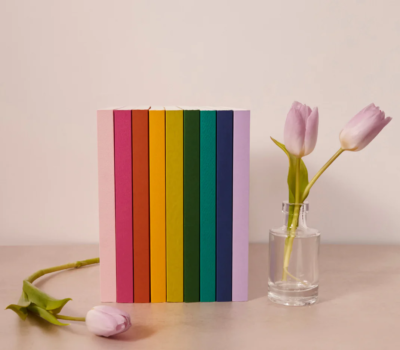
This line of notebooks has been designed by Papersmiths themselves, and is produced for them at a bindery in the UK. They come in a range of nine beautiful colors. I received one in Azurite blue.
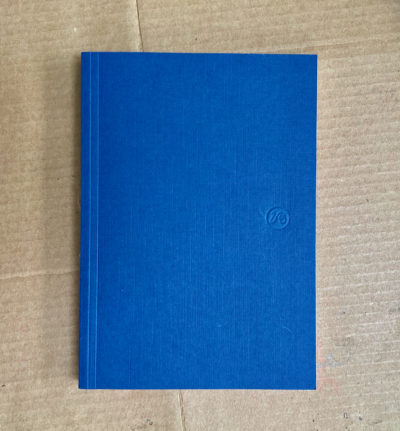
The first impression is that this is a really sharp notebook. The corners are square and everything seems very precisely cut and assembled. The card stock cover has a texture to it which is aligned perfectly straight with the edges of the notebook. The notebook is described as A5 size, and measures 147 x 208mm, with a thickness of about 15mm. The cover is scored along the edge by the spine so it can fold back more easily when you open it.
At the right side, there is a stamped Papersmiths logo. (I’m curious about the significance of the logo– I guess it’s just a squiggle but I kept wondering if it represented a cursive letter or something…) The back cover has the Papersmiths name subtly stamped.
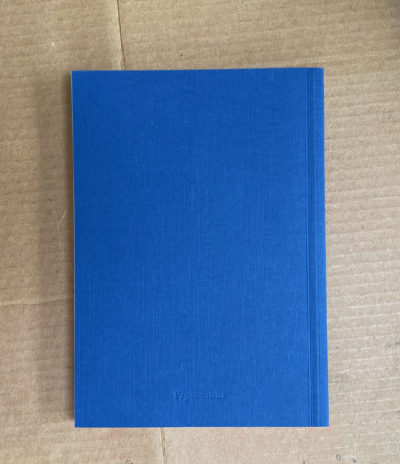
The spine is quite flexible but the notebook won’t open quite 100% flat. It’s heavy enough that when you are near the very middle of the notebook, it will lie open without being held down, but closer to the beginning or end, it will flop closed.
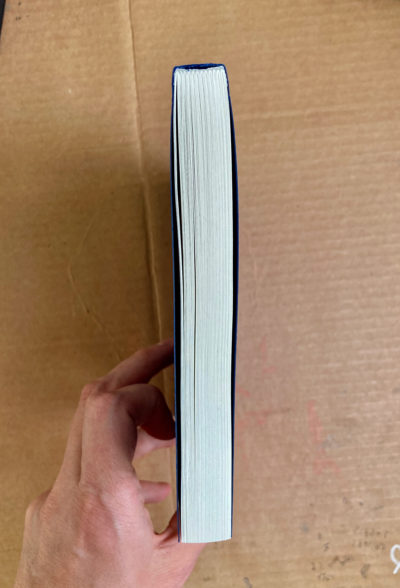
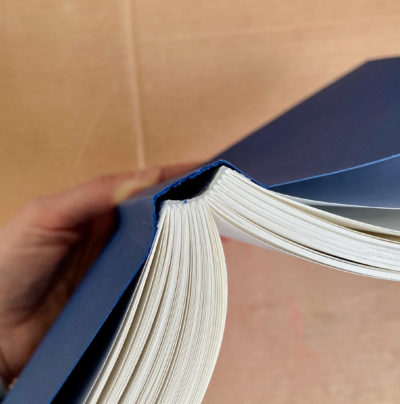
Inside, the first page of the notebook is blank except for a space to write your contact information. Then there’s a two-page spread set up to be a table of contents. And then you have 236 numbered pages of dot grid paper, stitched in signatures. (Lined and plain versions are also available.)
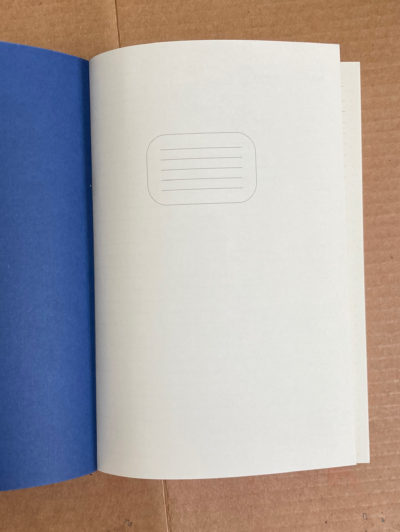
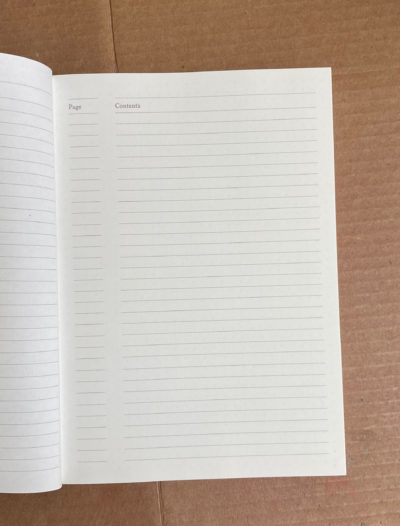
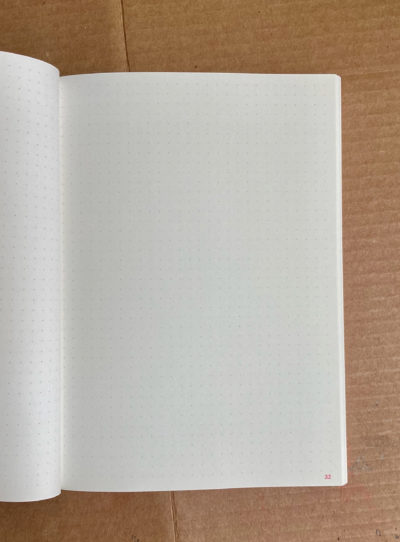
My absolute favorite thing about this notebook is the page numbering– as you flip through the pages, the color of the numbers subtly shifts through a pastel rainbow of colors. It’s such a tiny detail but makes me really happy! The dot grid pages and numbers are also very precisely aligned.
The 100 gsm paper is a bright white, and nicely smooth. It is described as being fountain pen friendly and does deliver on this claim. I saw a couple of tiny specks of bleed-through with some wetter inks where lines overlapped, but it was pretty minor. All my fountain pen inks looked vibrant and sharp, with no feathering. Show-through is about average. Some markers like the Super Sharpie and Accu-Liner bled through, but less than on many other papers I’ve tested. There really isn’t anything not to like about this paper for journaling, note-taking, and everyday use– it’s really a pleasure to write on.
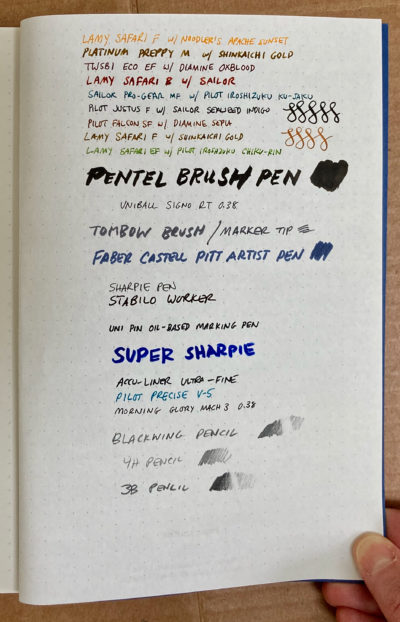
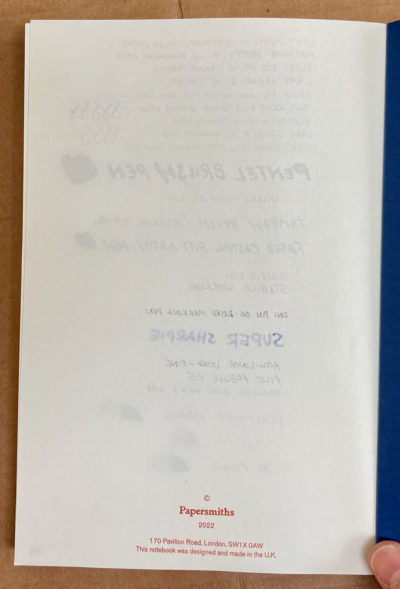
This is a lovely notebook with an attention to detail that makes it feel special. As usual, my only wish would be for them to also offer a pocket-sized option! The price for this A5 notebook is £22, which is about US$27.95 right now (the exchange rate is pretty good). The price is a bit steep compared to a similarly sized Moleskine or Leuchtturm notebook but pretty in line with a Stalogy notebook, which I think is a better comparison in terms of quality.
You can buy the Papersmiths notebook at the Papersmiths website. They even have gift bundles that include a pen and/or a pen holder band with a notebook if you want to create a colorful trio and save a couple bucks! (They ship internationally.)
Disclosure: I received a free sample to review but all opinions are my own. This post contains affiliate links.

